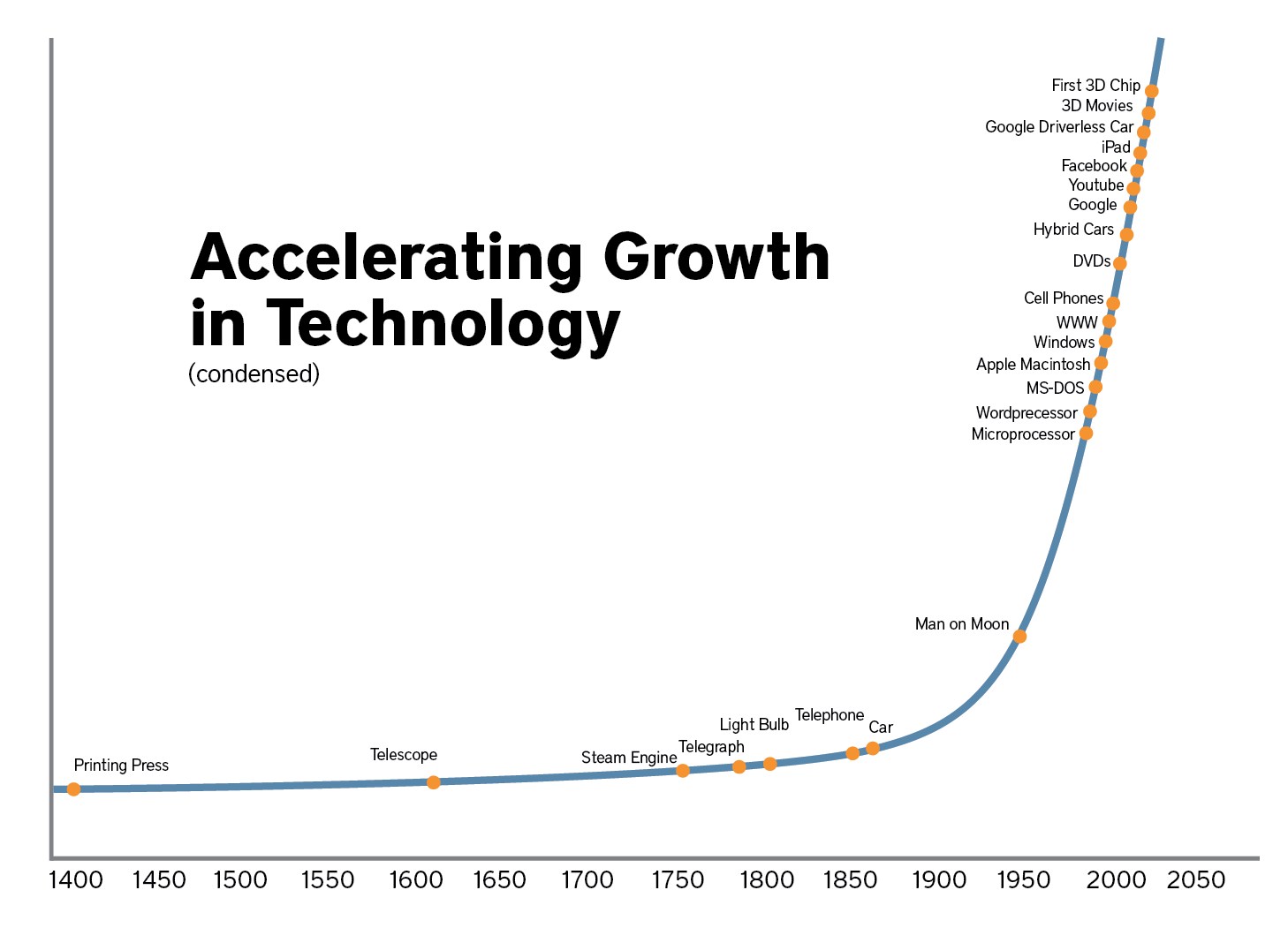Enabling Autonomy in Software Organizations
17 Nov 2015
This weekend (Nov 14-15th) I spoke at Fullstack Toronto about the importance of providing autonomy, mastery, and purpose to our product development teams (designers, engineers, product managers, etc) as key ingredients of making them more productive and creative. Understanding how we can maximize our productivity is becoming increasingly important as the pace of innovation continues to accelerate. This means a rising factor in a firm's ability to compete over the long term is based on their ability to innovate and adapt to changes in the market at large.

The way we organize, interact, and ideate as individuals and groups directly impacts our ability to innovate by increasing the cost of change (reducing how much we can try) and reducing our ability to create (less engaged workers, etc). This is especially true in software development as it is fundamentally a team sport since a product is the culmination of a group working together over a period of time. It's the result of every conversation, debate, line of code written, designed iterated upon, and idea shared.
Technology and new insights in cognitive science are paving the way for a paradigm shift in the way we organize and approach work. From a top-down control model where the front-line workers have no authority and all the knowledge and responsibility. To a bottom -up approach where authority resides with those who have knowledge and responsibility while managers jobs are to define and articulate vision, build culture, and measure outcomes. New tools and methodologies like continuous integration and delivery, docker, and micro-services are enabling teams to focus on building platforms that maximize the autonomy of their dependents (other teams that bbuild onto of them in the organzation) by passing off control that aligns with their responsibilities.
New opportunities will emerge for both companies and individuals as we race to redefine the way we work together to maximize our productivity. Companies that cannot adapt in the long run will languish while those who can build and maintain a culture of innovation at scale will supersede them. Individuals inside these organizations will have an opportunity to help redefine internal culture as the companies look for leaders to help invert control (from the top to the bottom).
Slides
Resources
- asgard.vc - acceleration growth
- hbr - all hail the generalist
- hbr - creating sustainable performance
- hbr - the new science of building great teams
- hbr - productivity is soaring at top firms and sluggish everywhere else
- Netflix Culture Deck
- Facebook Engineering Bootcamp
- Quora - How does Facebook Engineering Bootcamp Work
- NPR - Planet Money - Hardwork is Irrelevant
- High Output Management by Andy Grove
- The Hard Thing About Hard Things by Ben Horowitz
- Leaders Eat Last by Simon Sinek
- Tribes by Seth Godin